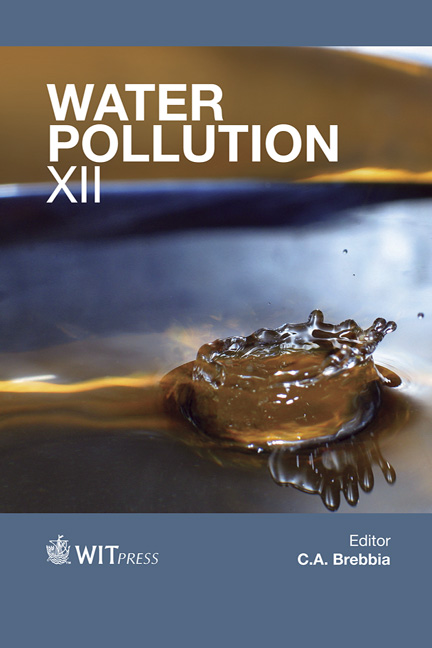Impacts Of Submarine Groundwater Discharge On Kuwait Bay
Price
Free (open access)
Transaction
Volume
182
Pages
9
Published
2014
Size
522 kb
Paper DOI
10.2495/WP140151
Copyright
WIT Press
Author(s)
M. Al-Senafy & A. Fadlelmawla
Abstract
The flow of groundwater into the sea, which is known as submarine groundwater discharge (SGD), is an important phenomenon that takes place at the interface between inland groundwater and the sea. The importance of this phenomenon arises from its proven impact on the chemistry of coastal waters. In efforts to support sound management of Kuwait bay, this study was carried out to obtain knowledge on one of the significant elements of the nutritional budget of the bay, that is, the SGD. The study adopted the use of naturally occurring radium isotopes as tracers to quantify the SGD to the bay. A total of 12 sampling campaigns were conducted resulting in the collection of 176 seawater samples. These samples were collected for oceanographic characterization of the bay water, determination of radium content, and determination of trace elements content as ancillary information. Two groundwater sampling campaigns were conducted resulting in collecting 48 radium samples, 45 major elements samples and 23 trace elements samples. Signs for SGD impacts on the characteristics of the bay were examined by looking into temporal and spatial correlations between 226Ra activities and bay water characteristics. Overall, temperature, nitrate and chlorophyll-a showed temporal and spatial trend similar to radium. It is recommended to conduct an overall budgeting of the bay’s nutritional and elemental inputs and outputs in order to reduce the impacts of SGD. Keywords: radium, Arabian Gulf, nutritional budget, sea.
Keywords
radium, Arabian Gulf, nutritional budget, sea.





